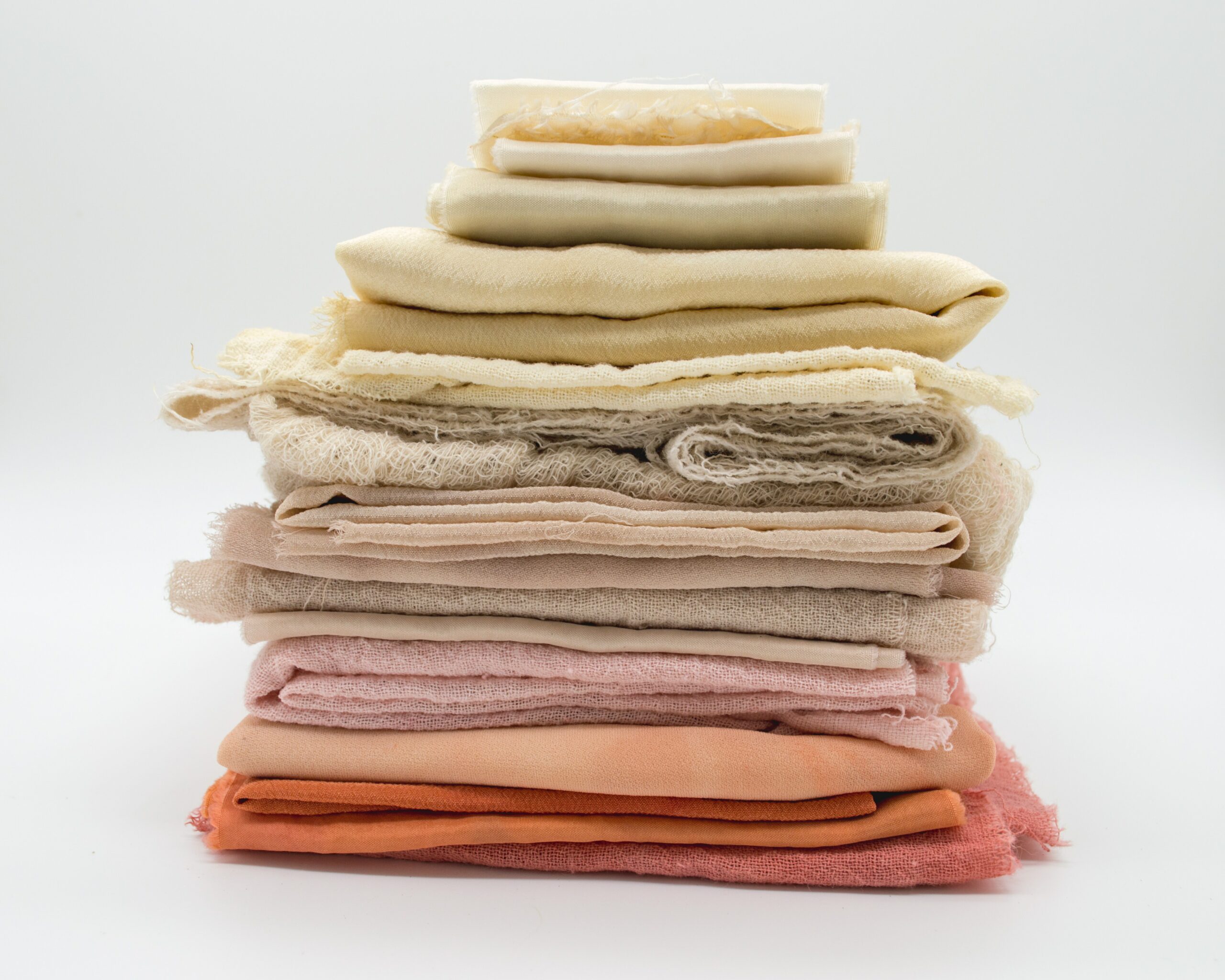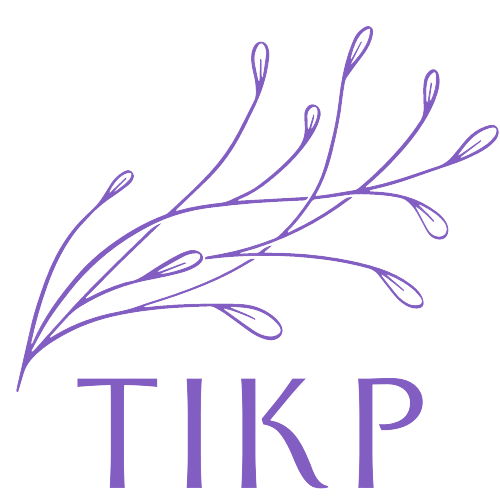Textile industry in Europe: A Brief History of Textile Production in Europe

Until the industrial revolution, most clothing was made of wool, linen, and hemp. Wool was the primary material for clothes. Linen and hemp were used to make linings and ropes for ships. In the mid-17th century, cotton began to be used in place of linen. Cotton is stronger, warmer, more durable, and less expensive than linen. By the mid-19th century, cotton had replaced all three types of fabric.
The Industrial Revolution also changed the way clothing was manufactured. In the 19th century, factory workers began producing clothing by hand, using patterns drawn onto wood boards. These patterns, or templates, became known as "cut-and-sew" patterns. The "cut-and-sew" method in textile industry in Europe was used to produce all types of clothing. Clothing made by the cut-and-sew method was cheaper than clothing produced by the new methods of weaving and sewing. However, the "cut-and-sew" method took a long time to complete, and it was more difficult for the workers to do the work themselves.
By the late 19th century, many textile mills began to use machines to produce clothing. The first machine was developed in 1793. This machine, called a "mule," was operated by a person standing on a platform above the machine. The mule was driven by a treadle. After the invention of the Jacquard loom, the weaving of cloth became easier and quicker. The Jacquard loom, named after its inventor, Joseph Marie Jacquard, allowed for the automatic production of patterns, which saved the weavers from having to draw the patterns.
Textiles Industry in Europe
The textiles industry in Europe employs around 16 million people. These include textile workers, fabric designers, textile wholesalers, fashion designers, fashion retailers, textile machinery manufacturers, textile mills and textile traders. The majority of textiles produced in the European Union (EU) is exported, primarily to the United States and China.
A Historical Perspective of the Textile Industry in Europe
In the textile industry, the use of water power for the production of yarn, fabrics and cloth was first developed in England around the 11th century, while the production of cotton textiles in India began around the 15th century. During the Industrial Revolution, the production of textiles underwent a major transformation, which included the development of new methods of weaving, dyeing and printing, the mechanization of textile factories and the introduction of new materials.
The textile industry experienced a major growth during the 19th century. This was mostly due to the rapid expansion of industrialisation, the growing demand for cloth, and the expansion of the market for cotton-based products, such as cotton textiles. During the early 20th century, the textile industry reached its peak, producing more than 70% of the world’s cloth, and employing about 100 million people. In the second half of the 20th century, the textile industry experienced a slow decline, as consumers switched to synthetic fabrics, due to the increasing availability and affordability of these fabrics.
Textile Industry in Europe: A Short History
Europe has a long history of textile manufacturing, particularly in textiles used for clothing. The earliest evidence of cloth production dates back to prehistoric times. However, it was not until the Bronze Age that woven fabrics were developed. This period of time saw the introduction of loom technology, which made weaving possible. The spread of the Indo-European language in the area of modern-day Greece was a major factor in the development of weaving.
The first looms were based on the use of a wooden frame around which a warp was placed. The length of the warp was determined by the length of the loom, while the width of the warp depended on the width of the cloth being produced. The woof threads were placed perpendicular to the warp threads, and the whole process was repeated until the desired fabric had been produced. It was during the Middle Ages that the first cotton-based fabrics began to be used. In the 14th century, the spindle wheel was developed, which allowed for the production of finer fabrics. During this time, the silk industry also began to flourish.
Textile Industry in Europe: A Snapshot
The textile industry in Europe has a long history and has grown steadily over the years. The industry plays an important role in the economy of the region. Europe is one of the largest producers of textiles in the world, producing more than 2 million tons of textiles and clothing each year. Textile production in the European Union is the largest industry in the EU, employing 12 million workers.

The textile industry in Europe is a large and complex sector with wide variations in product and process characteristics. It includes three major stages of the textile manufacturing cycle: raw material procurement, fibre conversion, and fabric production. The raw material procurement stage includes the mining of natural fibres such as cotton, wool, silk, flax, jute, and hemp. Raw materials such as cotton, wool, and linen are processed into yarns and then woven, knitted, crocheted, or tufted into textile products of international trade apparel manufacturers.
The Textile Industry In Europe
The textile industry in Europe has been expanding over the last decades, especially after the Second World War. In this period the European textile sector has grown steadily in order to meet the needs of the market for clothing, home furnishing and sportswear. The textile industry, in fact, accounts for the largest number of jobs in Europe. In fact, it employs more than 19 million people. The textile sector is divided into two main branches of major consumer in garment industry: clothing and home furnishings.
Textile Industry in Europe: textile and apparel industry
Europe's textile industry is the largest in the world and produces a range of clothing and textiles, from knitwear and bed linen to carpets and curtains. The industry provides employment to around 8.2 million people in the EU, making up more than 1% of EU GDP in european industry.
The sector is also responsible for more than 2% of the European Union's total greenhouse gas emissions. Europe's textile industry has traditionally been dominated by large corporations, with the four leading producers accounting for more than 80% of the market. However, there has been a shift towards a greater degree of consolidation over the past decade, with fewer companies dominating fashion industry.
The industry has been hit by the global financial crisis, with exports to the United States and Asia falling sharply. Exports to China in particular have fallen by nearly half. However, the European Union's textile industry remains one of the EU's main sources of exports, with textile and clothing exports worth more than €55bn in 2010 in european textile industry.
